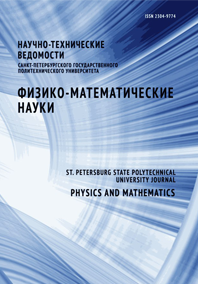Method for gamma-hadron separation according to the experimental data of The Tunka-Grande array
The Tunka-Grande array is a part of unified experimental complex, which also includes Tunka-133 and TAIGA-HiSCORE (High Sensitivity COsmic Rays and gamma Explorer) wide-angle Cherenkov arrays, TAIGA-IACT array (Imaging Atmospheric Cherenkov Telescope) and TAIGA-Muon scintillation array. This complex is located in the Tunka Valley (Buryatia Republic, Russia), 50 km from Lake Baikal. It is designed to study the energy spectrum and the mass composition of charged cosmic rays in the energy range 100 TeV–1000 PeV, to search for diffuse gamma rays above 100 TeV and to study local sources of gamma rays with energies above 30 TeV. This report outlines 3 key points. The first is the description of the Tunka-Grande scintillation array. The second one presents the strategy of the search for diffuse gamma rays based on a computer simulation of the Tunka-Grande array. The third one is devoted to the prospects for future research in the field of gamma-ray astronomy using simulation results.


